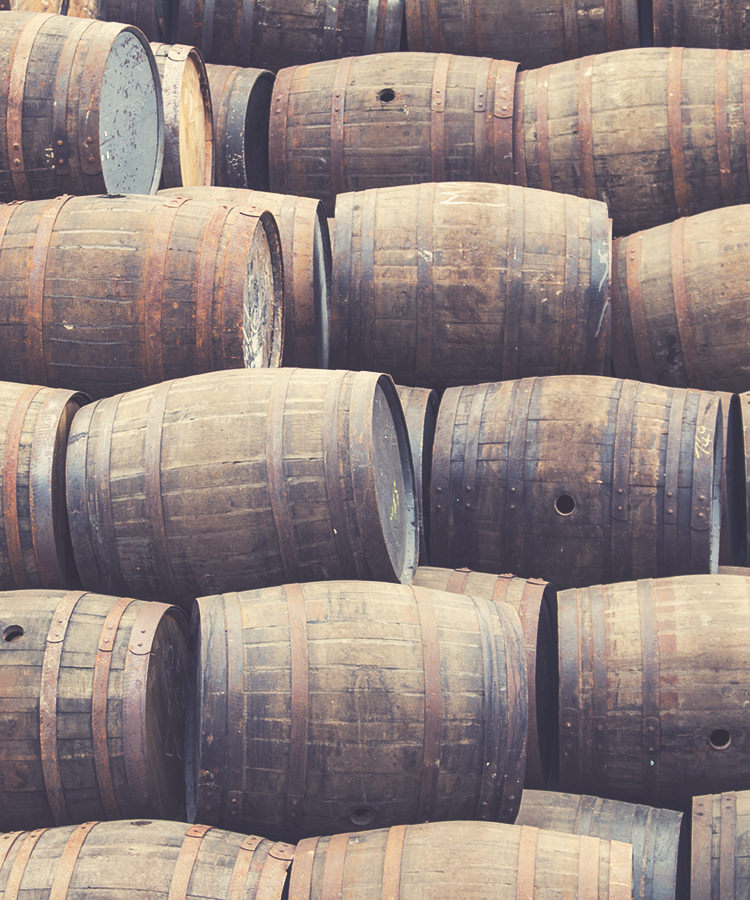When you think of blended Scotch whisky, your mind likely drifts to the big smoky malts that define the blend. You probably don’t think about the grain whiskies in the bottle, which are made with a mix of cereal grains rather than solely malted barley. But those grain whiskies are a large reason why Scotch whisky has the influence it does and is consumed all around the world.
To understand why, it’s easiest to start at the beginning. Scotch whisky blends are made up of single malt whisky and grain whisky. Single malt whisky is made from 100 percent malted barley at a single distillery in copper pot stills. Each distillery has its own character, whether it’s fruity notes, creamy notes, or smoky notes.
Grain whisky, on the other hand, is made from a mix of cereal grains (usually wheat or corn) that’s distilled in a continuous still. A continuous still is the same type of still used to make vodka and gin. It strips a lot of the flavor out of the liquid, but it’s also faster and cheaper to make. Scotch grain whisky retains some sweet notes of toffee and butterscotch to it, but it’s generally on the lighter side.
The exact mix of single malt to grain whisky depends on the brand of blended whisky. Each mix is a secret held by the master blenders. The blenders don’t take the grains for granted. I spoke with Jim Beveridge, the master blender at Johnnie Walker, and his excitement was noticeable when the subject of grains came up. Grain whisky, he told me, is not just a base on which to layer single malt whisky on top of. Grain whisky brings out natural sweetness and other flavors in the malts.
Those grain whiskies have a huge influence on the final flavor. It’s safe to say that without grain whisky, there wouldn’t be as affordable (or as flavorful) blended Scotch. Without blended Scotch, you wouldn’t have single malt Scotch, since blended Scotch companies own the single malt distilleries. So without Scotch grain whiskies, the majority of the countries that Scotch whisky producers export to wouldn’t have any Scotch whisky at all.
So next time you take a sip of a blended Scotch whisky, take a moment to appreciate the grain in the mix. Without it, there’s a good chance you wouldn’t have that whisky in your hand.
